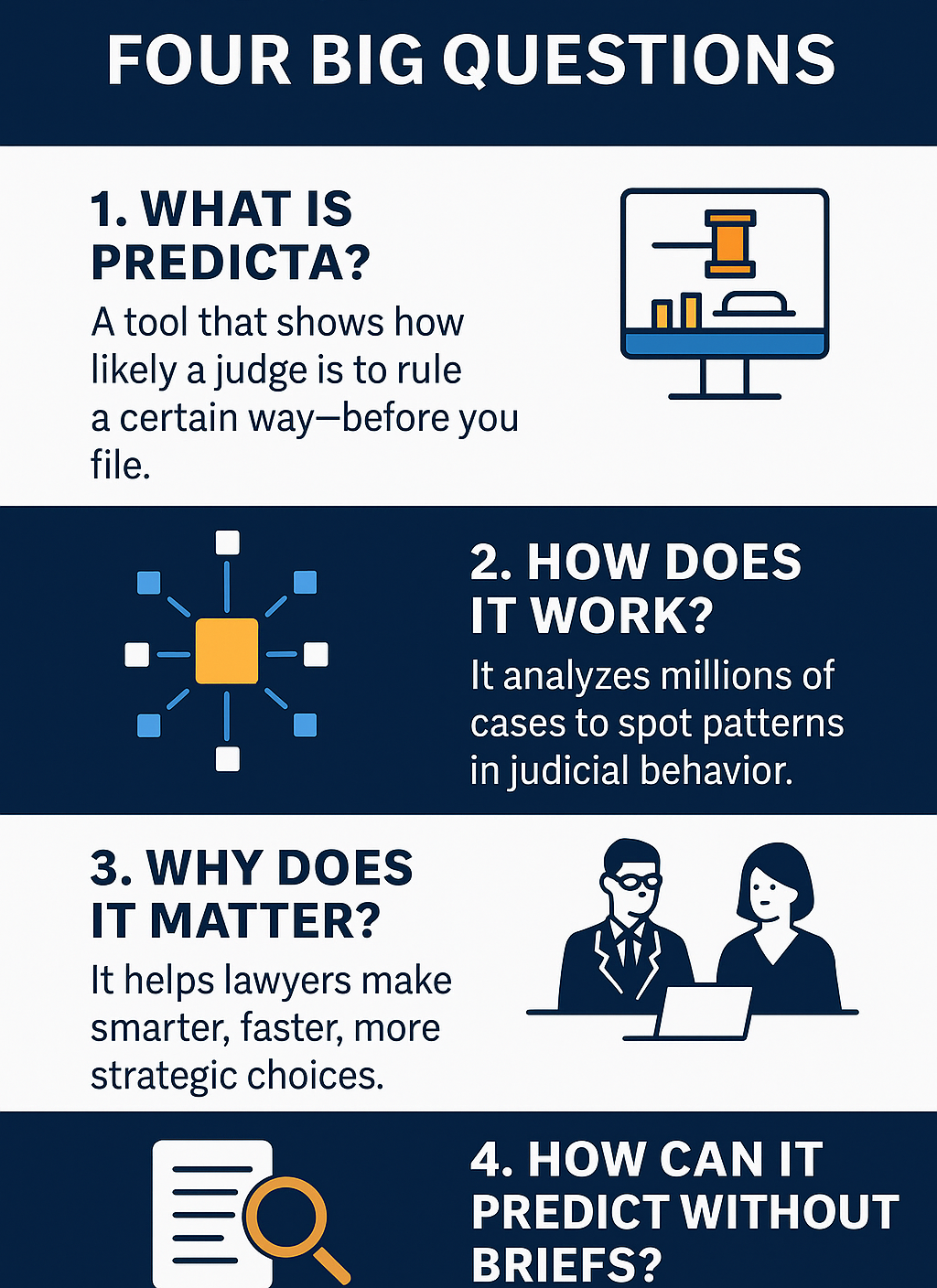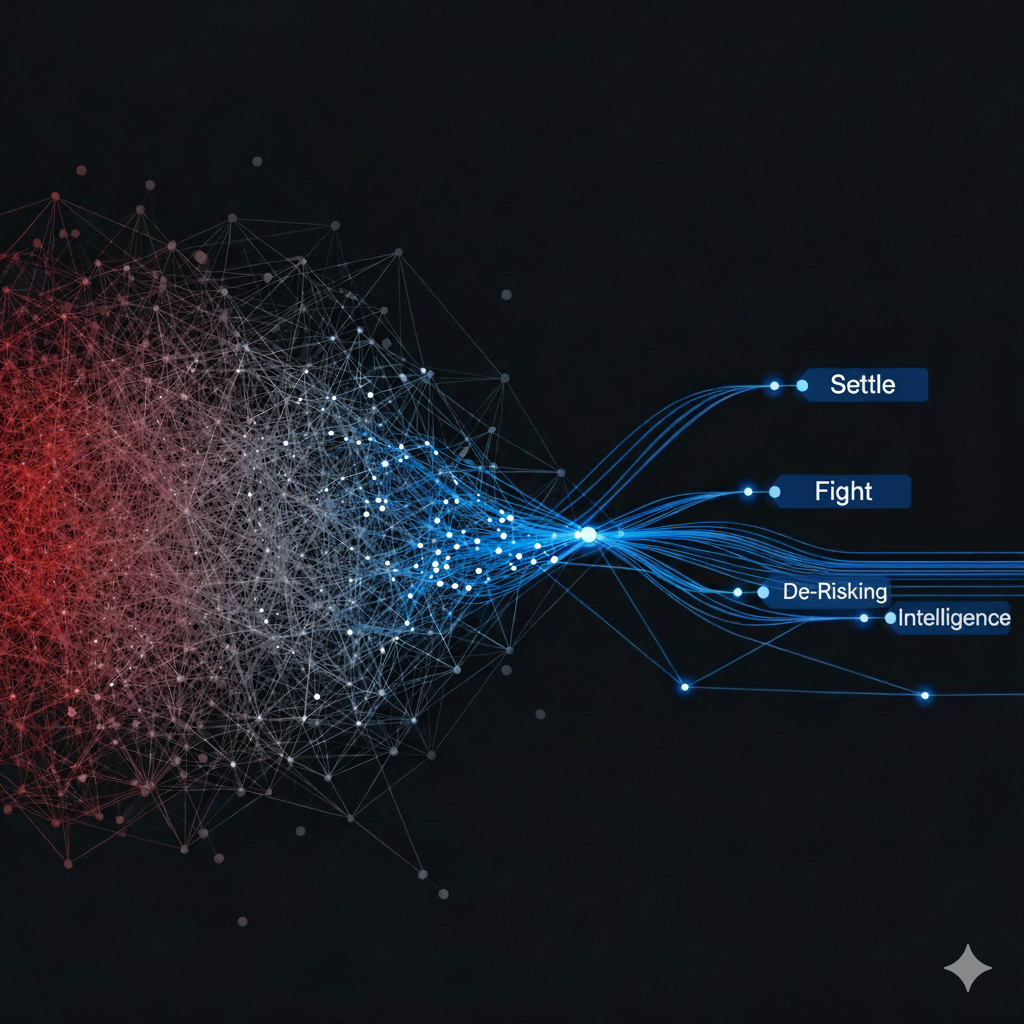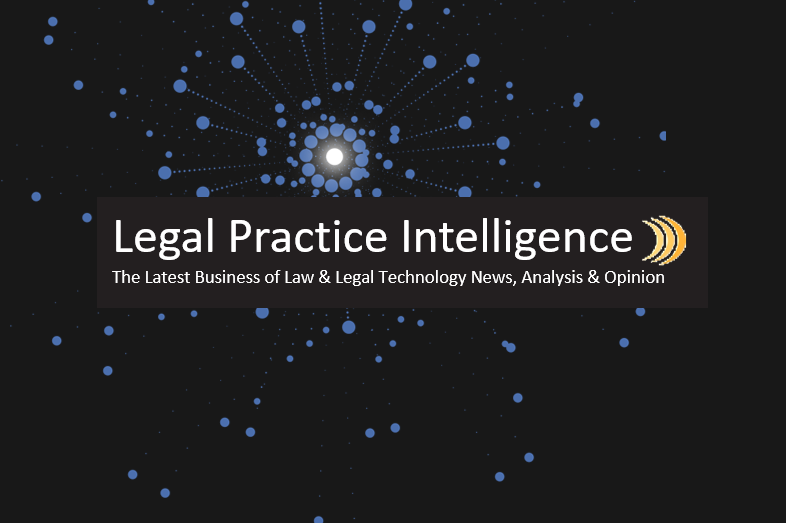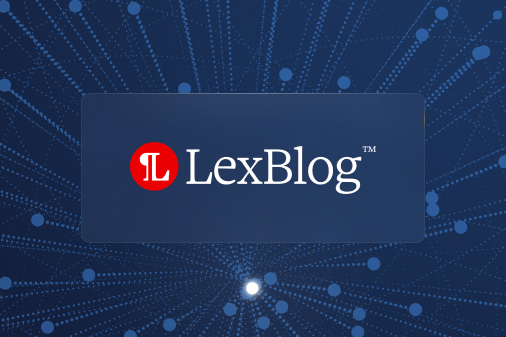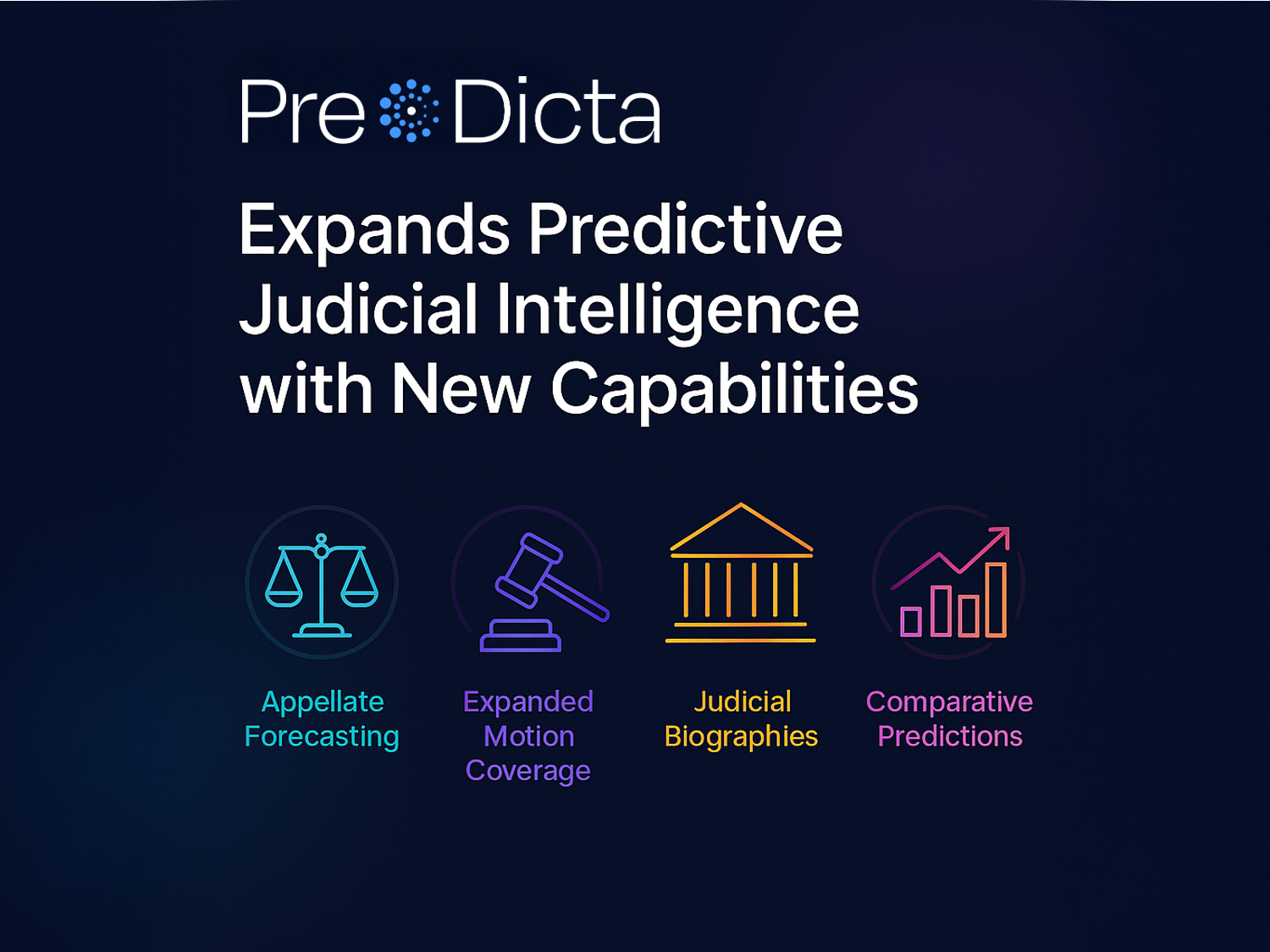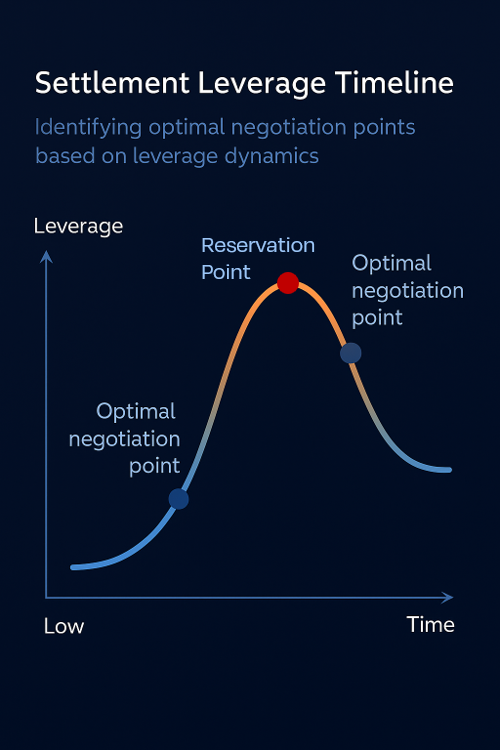Let’s be honest: most lawyers are trained to spot problems, not chase hype. So when they hear about AI that “predicts judges,” their reaction is often the same: “Yeah, right.”
But here’s the truth, Pre/Dicta isn’t magic. It’s not a black box. And it doesn’t ask anyone to “trust the algorithm.” What it does do is give you a strategic edge by showing you how judges behave, using the same kind of information lawyers already rely on, just at a scale no human could manage alone.
If you’ve ever struggled to explain Pre/Dicta to a skeptical lawyer (or just wanted to understand it better yourself), this blog post is for you. We’ll cover four key questions, step by step:
What Is Pre/Dicta?
Imagine this: You’re advising a client on whether to file a motion to dismiss. You’re not sure how strong the legal grounds are, so you ask around: “How does Judge Smith usually rule on these?”
What you get back is mostly hunches:
“They’re kind of conservative.”
“They don’t like class actions.”
“They granted one last year… I think.”
Now imagine you had actual data. Millions of cases. Decades of rulings. And a system that tells you, “This judge denies motions to dismiss in cases like yours 78% of the time. If they rule, it usually takes 68 days.”
That’s what Pre/Dicta gives you.
✅ Core Idea:
Pre/Dicta shows you what a judge is likely to do, before you spend months and millions arguing about it.
It helps you see the road ahead, so you can make smarter decisions earlier, and look good doing it.
How Does Pre/Dicta Work?
Let’s break it down.
Pre/Dicta takes millions of past federal cases, over 13 million judicial decisions, and looks for patterns. It tracks how each judge rules on motions like dismissals, transfers, summary judgment, class certification, and more.
It also looks at who the judge is: their background, experience, and even biographical traits. Add in the type of case, who the parties are, the claims involved, and other metadata, and you start to see clear patterns.
🤔 So what does this look like?
- A judge tends to grant summary judgment when the plaintiff is a corporation, but not when it’s an individual.
- Another judge almost never grants venue transfers unless the defendant is a small business.
- Some judges take 90 days to rule; others take 30. Pre/Dicta knows the difference.
It’s like watching thousands of poker hands and learning a player’s “tells.” You don’t need to read their cards, you know how they play.
Or imagine it like this: every judge has a behavioral fingerprint. Pre/Dicta reads it, so you don’t have to guess.
Why Should Lawyers Care?
Because litigation strategy is all about timing, tactics, and resource allocation, and every decision you make, file or don’t, push now or later, settle or fight, is based on assumptions.
Pre/Dicta replaces those assumptions with actual probabilities.
Instead of:
“We think we have a shot.”
You can say:
“The AI predicts that this judge denies dismissal, but a 68% chance we win on summary judgment if we wait.”
It helps you:
- Save time and money by skipping motions that are likely to fail
- Set realistic expectations with clients and GCs
- Win pitches by showing off a smarter, tech-driven strategy
- Avoid surprises in court
Think of it like litigation weather radar. You don’t just hope it won’t rain, you check the forecast and pack an umbrella if needed.
How Can It Predict Rulings Without Reading Briefs?
This is the big sticking point for many skeptical lawyers.
They think: “Wait, how can it predict the outcome if it doesn’t know what we’re arguing?”
Here’s the key: Pre/Dicta isn’t judging your writing. It’s modeling how your judge tends to rule in similar situations.
Because the reality is, many rulings depend more on who the judge is and what the case looks like than the exact words in your brief. The system knows:
- This judge rarely grants dismissal in employment class actions
- That judge rules more quickly when corporations are defendants
- This one is statistically more likely to deny motions filed in the summer (yes, really)
So no, it doesn’t read your brief. It doesn’t need to. It’s not replacing legal arguments, it’s enhancing your foresight.
Think of it like a movie critic. After reading hundreds of reviews, you know if they’ll like a certain genre, actor, or director. You don’t need to read the script, you already know the odds.
Pre/Dicta gives you the same kind of predictive insight, except it’s based on federal litigation, not popcorn.
Quick Recap: Pre/Dicta in Plain Terms
| Question | Answer |
| What is Pre/Dicta? | A tool that shows how likely a judge is to rule a certain way, before you file. |
| How does it work? | It analyzes millions of cases to spot patterns in judicial behavior. |
| Why does it matter? | It helps lawyers make smarter, faster, and more strategic choices. |
| How can it predict without briefs? | It looks at the judge’s history and case facts, not your writing. |
Want to See It in Action?
We’ve seen firms use Pre/Dicta to:
- Drop doomed motions and save six figures in legal spend
- Time discovery and summary judgment strategies with surgical precision
- Show clients exactly what to expect, when, and why
Because it’s not just about predicting outcomes, it’s about owning your strategy from the start.
